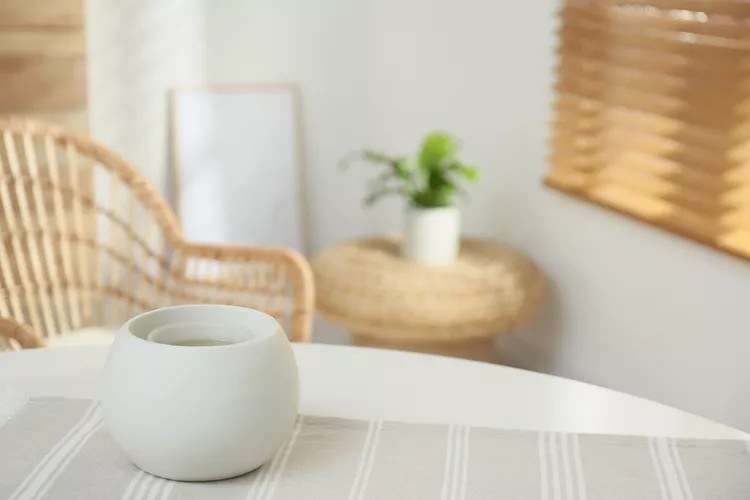Upholstered chairs add character and elegance to any room, but can be a real challenge to clean. You can’t simply throw them in the washing machine. It’s not difficult to keep upholstered chairs clean. Continue reading to find out how to clean upholstered chairs , what you will need, and to maintain their cleanliness longer.
How often should you clean upholstered chairs?
Cleaning upholstered chairs is best done when they are in good condition and have been used regularly. If you use your chairs daily, and they start to look worse for wear after a few weeks, clean them every season. Clean them once a year if they are rarely used to keep dust at bay and maintain their condition.
What you’ll need
What you need to clean your upholstered chair
- Vacuum cleaner with brush or upholstery attachment
- Warm water
- Use a gentle dishwashing or laundry detergent
- Washcloths that are clean
- For stains, you can use hydrogen peroxide (3%) or white vinegar.
- Brushes with soft bristles
- Steam cleaner (optional).
- Fans
Step 1: Vacuum
Vacuum your upholstered chairs as the first step. It will help remove dirt and grime from the surface and loosen any stains that are stuck on. Use the upholstery attachment to vacuum. If your vacuum does not have an upholstery attachment, you can use the brush. Sweep the vacuum with small, gentle strokes to lift and clean hair, crumbs and other debris. Work from the top to the bottom of the chair.

Step 2: Prepare Your Cleaning Solution
Then, get the rest of your cleaning products together. It’s time to start making soap. Add a teaspoon of mild dish or laundry detergent to a large, warm bowl of water. Mix both together until you get a sudsy mixture.
Step 3: Spot clean
It’s now time to remove any stubborn stains. You can spot clean with either a commercial stain treatment or by making your own using 3% hydrogen peroxide and white vinegar. Dip a clean, dry cloth in the stain remover and dab the stain gently. Let it sit for 10 mins. While the stain remover is working, you can move onto the next step.

Step 4: Clean Your Chairs
You can dip another clean cloth in the mixture of soap and water you prepared earlier. Wring out excess liquid. Use the cloth to dampen all the upholstered surfaces of the chair. Be sure to moisten the surface without soaking it in water. As needed, dip your cloth into the soapy solution to add more cleaning agent.
Cleaning a chair in sections can result in water or soap stains. If you only have to clean a small portion of the fabric, try fading the wet material out.
Step 5: Scrub, Steam
Grab your brush with a soft bristle and scrub the mixture very gently into the upholstery. Work in small circular motions, moving from the top of the piece to the bottom.
Use your steam cleaner now. Steam clean the chair using small, crisscrossed brushstrokes.
Step 6: Rinse off and dry
Dip a clean, damp cloth into warm water to finish cleaning your upholstered chair. Sweep the damp cloth over the surface of the upholstered chair, and repeat as necessary with additional clean washcloths until the upholstery is free from suds.
Let the upholstery air dry overnight or over the course the day. Place the chair in an open room, with fans aimed at the furniture. The chair will dry evenly with the cross-breeze from this room. Space is an issue? You can also dry the chair outside in a shaded area for a couple of hours.

How to keep upholstered chairs clean longer
You can keep your upholstered chairs cleaner for longer by doing two things. First, treat any stains as soon as they appear. Do not let them sit. Second, apply a stain protection treatment to your chair to protect it from dirt and spills.





















